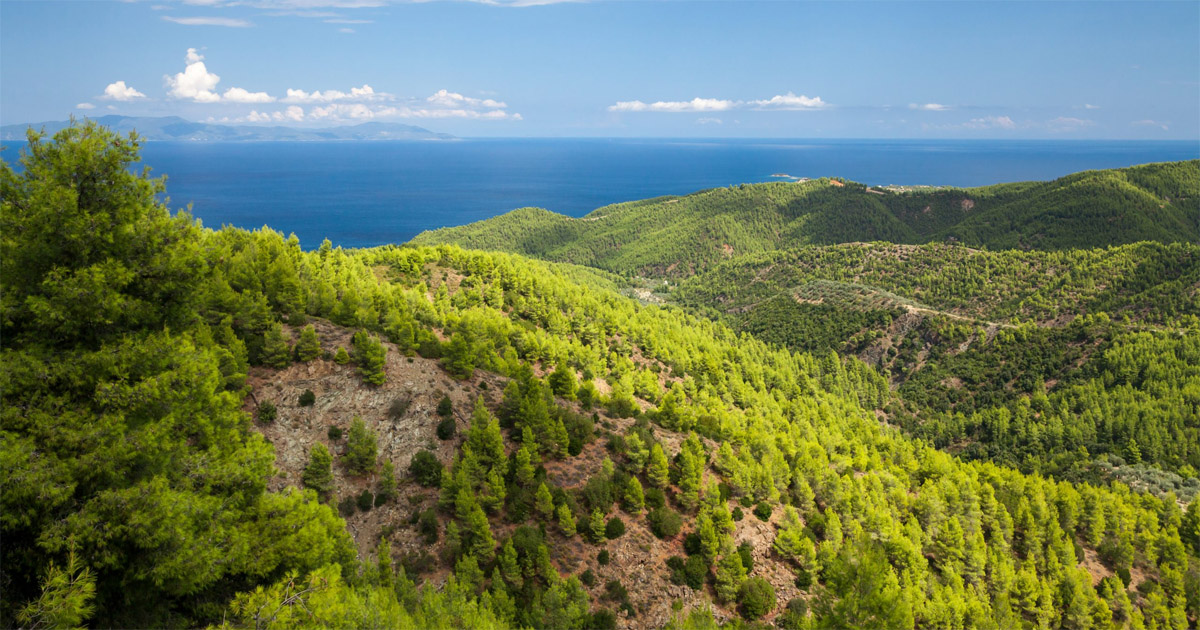Understanding how to build livelihood resilience to an uncertain future is critical as livelihood systems must adapt to local and regional climatic change. Agroforestry, the integration of trees into an agricultural landscape, is one potential solution. However, while many intuitively link agroforestry with livelihood resilience, there is little factual evidence. This paper utilizes data from semi-arid Isiolo County, Kenya to explore if and how agroforestry is building livelihood resilience for smallholder farmers. This study included 20 qualitative case study households, 339 quantitative household surveys, and key informant interviews. In order to measure livelihood resilience, we drew from the five livelihood capital assets of the sustainable livelihoods approach: financial, human, social, physical, and natural capital. The major benefits of agroforestry were shade and fruit; the main tree species planted included mango, papaya, banana, guava, and neem. The average of all five livelihood capital scores was 10% higher for households practising agroforestry, indicating that those households may have more resilient livelihoods. Livelihood capitals were improved by both on-farm diversification and off-farm livelihood diversification. Agroforestry improved the overall quality of life for respondents. This paper provides four major findings that may be applied to build livelihood resilience through agroforestry.
DOI:
https://doi.org/10.1080/17565529.2018.1447903
Skor altmetrik:
Jumlah Kutipan Dimensi:



















